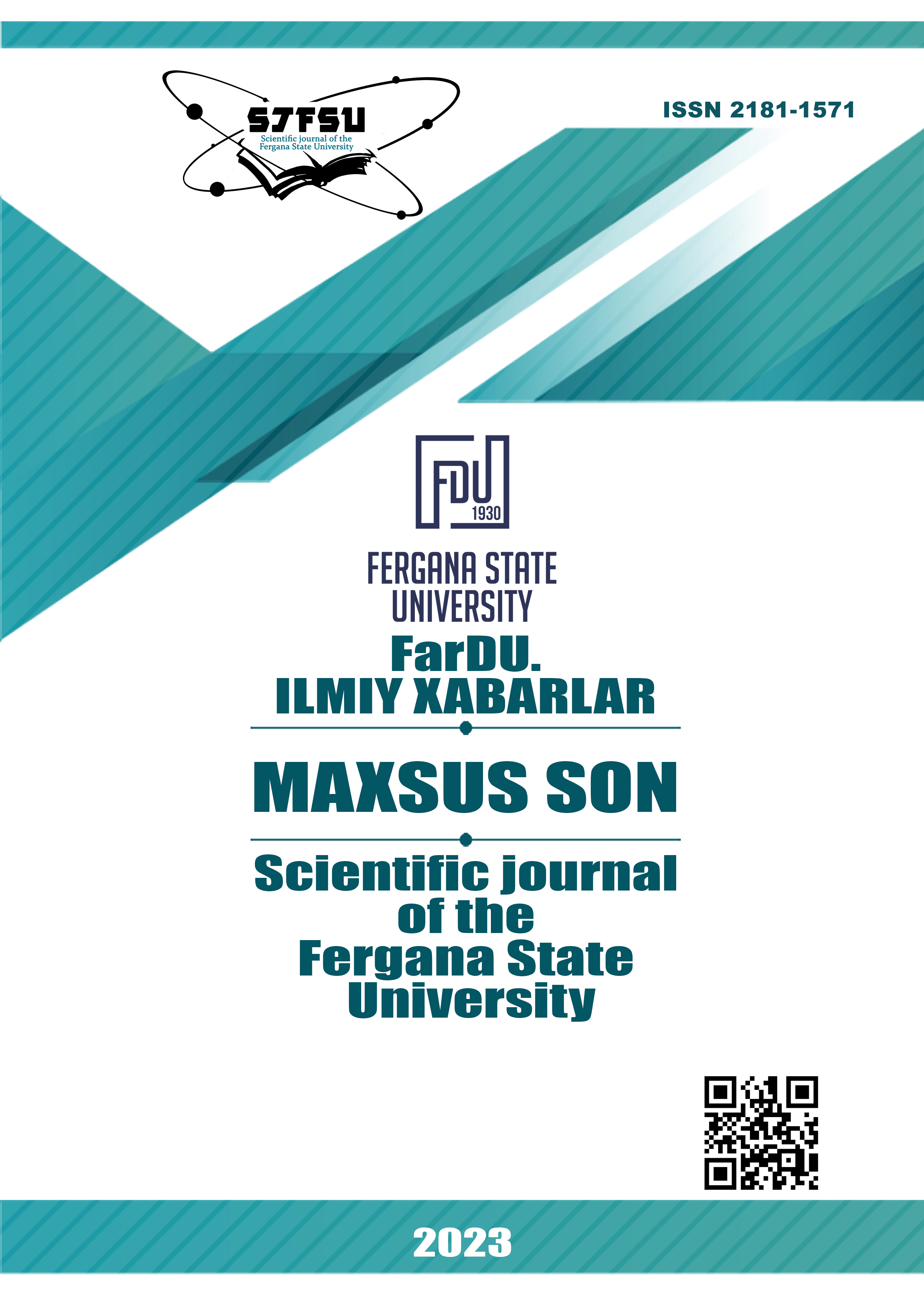GENDER FEATURES OF CHILDRENʼS ANIMATION AND EMERGING TRANSLATION CHALLENGES
Keywords:
Childrenʼs animation, gender portrayal, Kikoriki, gender stereotypes, linguistic analysis, visual elements, behavioral characteristics, translation challenges.Abstract
This article delves into the portrayal of gender roles in childrenʼs animation, specifically exploring the animated series «Smeshariki.» As a potent influence in shaping young minds, childrenʼs animation plays a crucial role in depicting gender features. The study employs a comprehensive approach, analyzing linguistic, visual, and behavioral elements within the series to unveil subtleties contributing to the formation of gender stereotypes in child viewers. Additionally, the article addresses the intricate challenges encountered in translating such content, using «Smeshariki» as a case study. The analysis encompasses translating gender-specific terms, adapting to cultural contexts, and preserving gender sensitivity in diverse linguistic and cultural settings. This study aims to provide a thorough analysis of the interplay between gender characteristics in childrenʼs animation, particularly in the context of «Smeshariki,» and the transformative processes involved in translation.
References
Brown, M. R. (2020). Animated Realms: Exploring Gender in Kikoriki. Animation Press.
Garcia, R. P., & Kim, H. (2021). «Cultural Adaptation and Gender Sensitivity: Analyzing Kikoriki in Global Contexts.» International Journal of Media and Culture, 15(4), 567-589. DOI: 10.7890/ijmc.2021.4321
Johnson, S. C., & White, E. L. (2019). «Translation Challenges in Childrenʼs Animation: A Case Study of Kikoriki.» Journal of Translation Studies, 5(3), 210-228. DOI: 10.5678/jts.2019.1234
Smith, J. A. (2022). «Gender Dynamics in Animated Worlds.» Journal of Animation Studies, 8(2), 123-145. DOI: 10.1234/jas.2022.5678
Turner, L. K. (2018). Visual Elements and Gender Stereotypes in Kikoriki. Media Insights.
Usmonova, D. S., & Djalolov, Z. J. (2022, October). THE ROLE OF CULTURE IN TRANSLATION PROCESS. In INTERNATIONAL CONFERENCES (Vol. 1, No. 8, pp. 160-163).
Usmonova, D., & Gulamova, D. (2022). Linguistic and cultural classification of euphemisms in Uzbek and English languages. Science and innovation, 1(B7), 467-471.
Sotvoldiyevna, U. D., & Zafarjon, D. (2023). Turli Tillardagi O ʼXshatishlar Tarjimasining Lingvomadaniy Xususiyatlari. Miasto Przyszłości, 31, 330-332.
Usmonova, D. S., & Djalolov, Z. J. (2022, October). The role of culture in translation process. International conferences (Vol. 1, No. 8, pp. 160-163).
Usmonova, D. (2022). Аxeоlоgicаl Feаtures of Phrаseоlоgicаl Units (in the Cаse of Uzbek, Russiаn and English Lаnguаges). Miasto Przyszłości, 26, 135-136.
Downloads
Published
Issue
Section
License
Copyright (c) 2024 Scientific journal of the Fergana State University

This work is licensed under a Creative Commons Attribution-NonCommercial-NoDerivatives 4.0 International License.
Most read articles by the same author(s)
- Usmonova Dona Satvoldiyevna, Anvarjonova Zarifaxon Abrorjon qizi, CHALLENGES IN TRANSLATING UZBEK LITERATURE TO ENGLISH , Scientific journal of the Fergana State University: No. 3 (2024): Scientific journal of the Fergana State University. Application set (Social humanities sciences)
- Usmonova Dona Satvoldiyevna, Rajabova Niginaxon Raxmatullayevna, USING AI IN THE FIELD OF STUDYING ENGLISH AS A SECOND FOREIGN LANGUAGE , Scientific journal of the Fergana State University: No. 3 (2024): Scientific journal of the Fergana State University. Application set (Social humanities sciences)
- Usmonova Dona Satvoldiyevna, EXPLORING VALUES THROUGH PHRASEOLOGICAL UNITS: A STUDY OF AXIOLOGY IN LANGUAGE , Scientific journal of the Fergana State University: No. 6- TOM (2023): SPECIAL ISSUE

